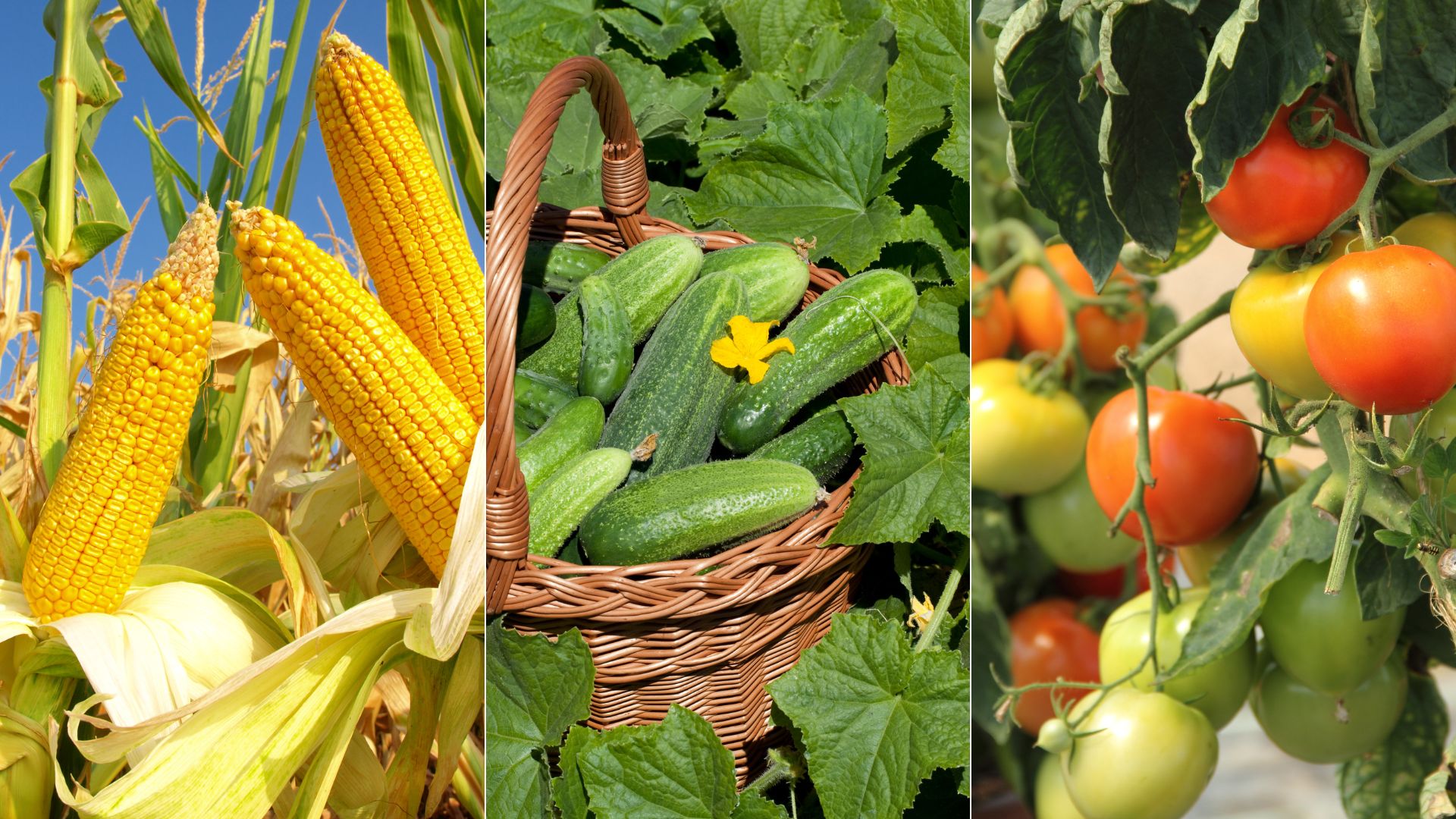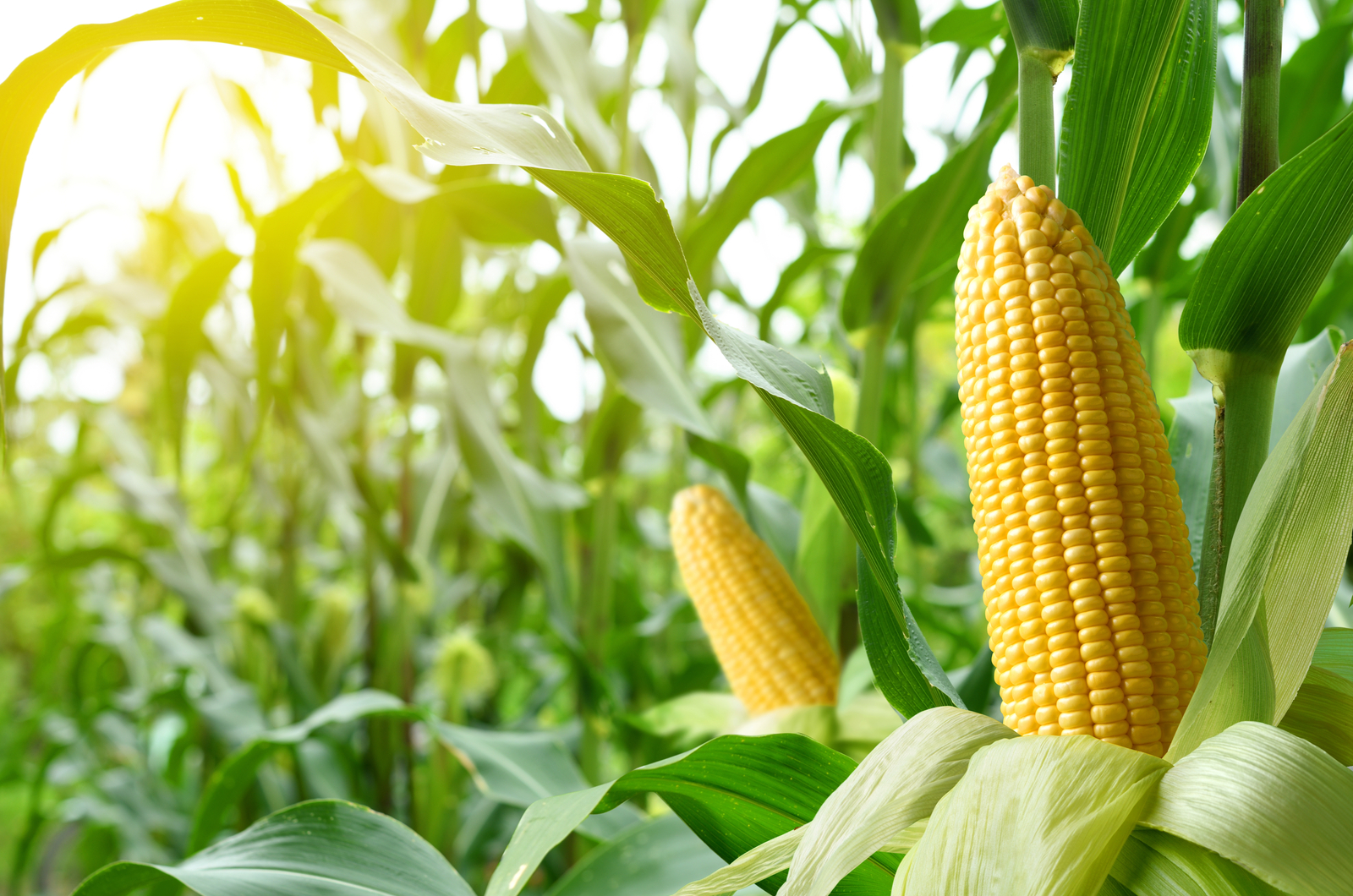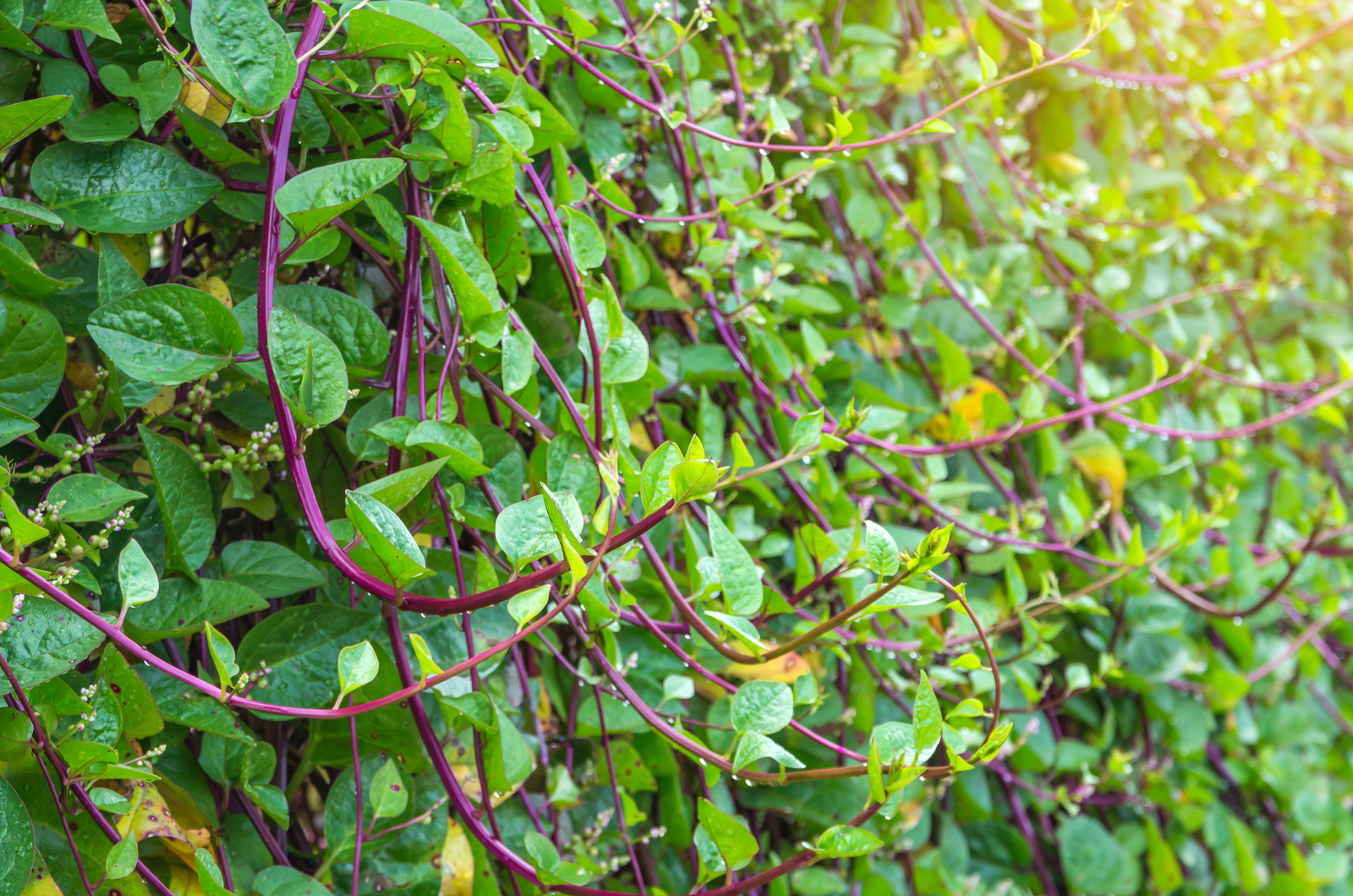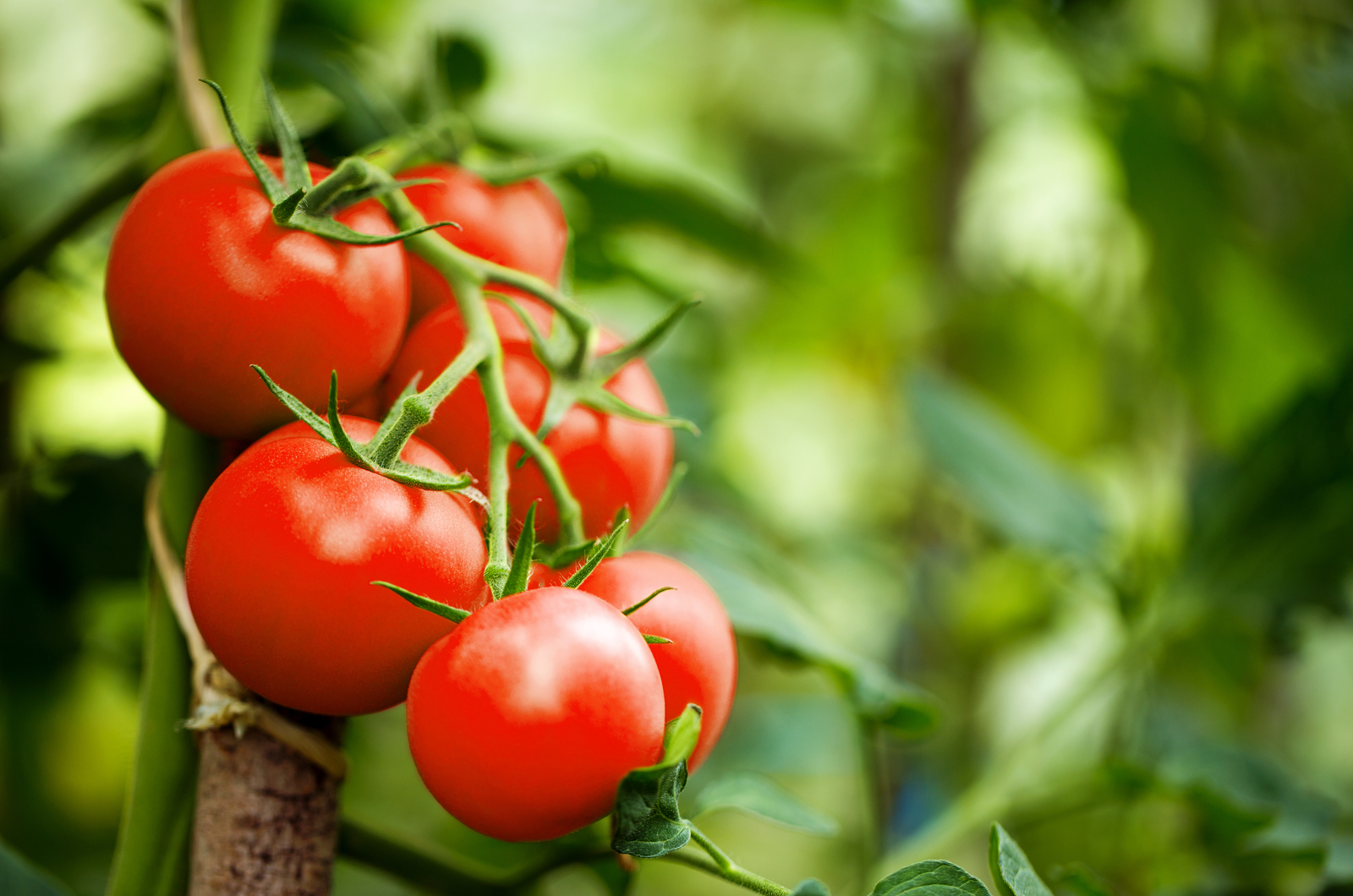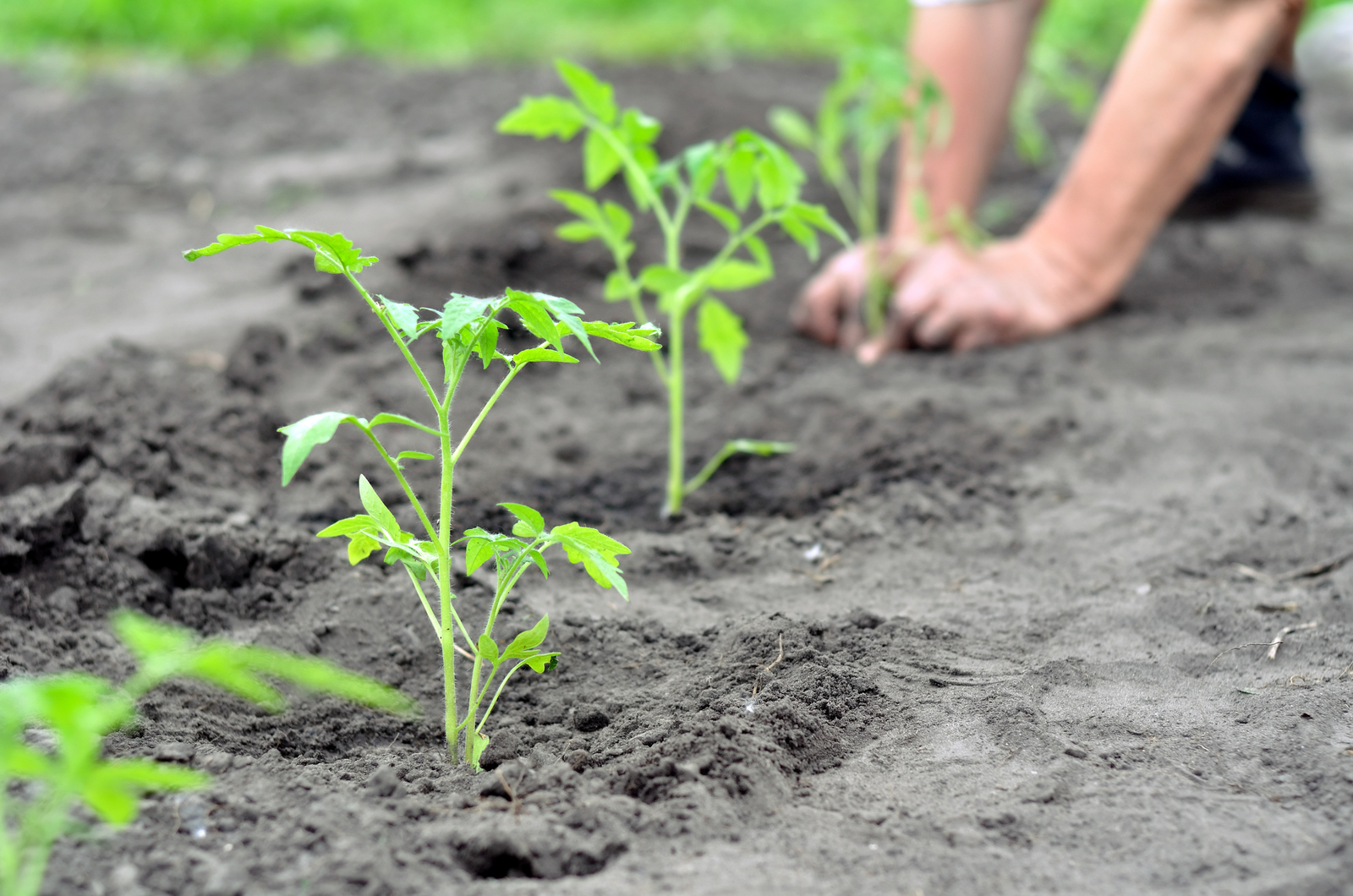Setting down the first plant in spring is one of the best feelings a gardener can have. But once the scorching heat arrives and your broccoli, spinach, and lettuce bolt, you can get overwhelmed with discouragement.
But don’t despair! There are many heat-loving veggies you can plant in spring to enjoy in mid or late summer.
And there are also those you can plant in July or as late as August and still have some fresh greenery on your table.
Let’s check them out!
18 Best Vegetables To Grow In Heat
Unfortunately, you can’t grow cool-season veggies such as asparagus, carrots, radishes, and cauliflower in the summer heat because they’ll bolt and obtain a bitter taste.
However, there are many delicious vegetables you can add to your summer garden, including cucumbers, tomatoes, peppers, and more.
1. Corn
Corn is a typical summer vegetable that can tolerate temperatures as high as 112°F, but only for a brief period of time. Anything higher than 95°F or lower than 41°F will diminish its growth. (1)
It does take up a lot of space, but if you have enough room to accommodate it, you’ll enjoy your corn sometime between August and October.
Just make sure to learn the basics of the corn growing stages because the needs of this veg slightly differ between each stage.
P.S. You can interplant it with pumpkins and pole beans (the three sisters method) to save space and get a larger harvest out of all three vegetables.
2. Cowpeas
Peas are a cool-weather crop perfect for spring and fall planting and harvest. But if you crave their delicacy in summer, you can go with cowpeas, which will continue fruiting even in temperatures as high as 98°F. (2)
These peas are climbers, so make sure you grow them on a trellis or some kind of support for maximum yield.
3. Cucumbers
These fast-growing vegetables are ready for picking 50-70 days after you plant them. And even though growers usually plant them in spring, you can continue to sow seeds throughout June and July to increase your yield.
Make sure to follow these cucumber growing tips for a bountiful harvest, such as planting them in fertile soil and watering them thoroughly.
They can withstand temperatures of around 95°F, but make sure to plant them in a spot that gets some shade during the hottest time of the day. They thrive best when temperatures are between 75-85°F. (3)
And the best part about them is that you can even plant cucumbers in August if you live in a warm climate.
4. Eggplants
Nightshades are perfect for the summer heat, and this family includes tomatoes, peppers, and eggplants, among other veggies.
They thrive in temperatures between 70-85°F, but they can tolerate conditions slightly hotter than that. However, anything above 95°F will lead to flowers and fruit falling off, although the plant will soon produce new ones as soon as the conditions cool down. (4)
Understanding the basics of the eggplant growing stages can help you reach the maximum yield because these plants don’t require the same fertilizers and watering frequency at all stages.
5. Green Beans
Green beans love temperatures between 65-85°F, but they will drop their flowers and fruits if the conditions get too hot.
Luckily, they will resume their growth once the weather cools down a bit.
Choose bush beans if you don’t have enough space in your garden, as they are more compact. Pole beans, on the other hand, are perfect for trellises, so you’ll still be able to squeeze in a fair number of plants before they get too crowded.
6. Ground Cherries
Ground or husk cherries aren’t that popular, but their tomato-pineapple flavor will make you want to grow them year after year.
They love warm soil and dread the cold, so make sure the nighttime temperatures aren’t lower than 55°F. (6)
Start the seeds a couple of weeks before the tomato seeds and harvest them once the husks dry out and the fruit starts falling off the plant.
7. Malabar Spinach
If you’ve grown spinach before, you know it can’t survive the summer heat. But you can compromise and grow Malabar or New Zealand spinach instead.
Both veggies can tolerate heat, although Malabar spinach isn’t real spinach (even though it has a similar taste).
It grows best when the temperatures are at least 80°F or above 90°F, and it cannot grow if they’re below 60°F. (7)
8. Melons
Cantaloupes, honeydews, watermelons – these are the staples of summer. And they taste so much better when you grow them on your own.
They love the summer heat and can’t get sweet enough without it. They thrive in temperatures between 70-90°F and are cold-sensitive (honeydews and watermelons more than cantaloupes). (8)
You can let them grow on the ground or train them to climb trellises to save some space, introduce order into your garden, and make them easier to harvest. Just remember to tie the fruits with slings because they can get quite heavy.
9. Okra
Cowpeas and okra are two fundamental plants of southern gardens and they’re both famous for loving the heat.
Optimum temperatures for growing okra are between 75-90°F, and you should make sure nighttime temperatures don’t drop below 50°F. (9)
Its gorgeous flowers will be the centerpiece of your vegetable garden and then you can enjoy its edible pods.
Just make sure to harvest the pods regularly or else they will become chewy and fibrous if left on the plant for too long.
10. Peppers
There are many varieties of pepper plants and all of them love the summer heat. Of course, temperatures above 100°F will lead to flowers and fruit falling off, but the plant will resume its growth as soon as the temperatures drop a bit.
These nightshades love temperatures between 70 and 80°F during day and 60 and 70°F during nighttime. (10)
Hot and dry climates are perfect for hot peppers because these conditions can increase the amount of capsaicin in the peppers – the substance that causes a burning sensation.
11. Pumpkins
I know what you’re thinking! “Lindsey, pumpkins are a fall crop!”
Yes, we do harvest them in fall, but they do most of their growing in the summer when temperatures get hot.
They thrive in temperatures up to 85°F, and any conditions lower than 50°F can seriously harm your plant. (11)
And if you really want to transform your garden, you can grow pumpkins on trellises, which will make them healthier and easier to harvest.
12. Summer Squash
If you can’t wait until fall and the pumpkin harvest, grow summer squash to have something to enjoy until the fall crop starts ripening.
This veg takes about 60 days to ripen and can endure temperatures up to 100°F. However, it flourishes in cooler temperatures and grows best in conditions between 65 and 75 °F. (12)
13. Sweet Potatoes
These veggies are a sweet, soft, or crunchy addition to numerous salads and chicken dishes.
Sweet potatoes will still give you an immense yield even if the temperatures exceed 100°F. (13)
Just make sure to keep them well-watered and you’ll be able to harvest them between September and October, depending on your USDA zone.
14. Swiss Chard
Most leafy greens cannot tolerate hot weather and will bolt as soon as the temperatures rise a bit, but that’s not the case with Swiss chard.
This veg can grow in conditions up to 75°F and is an ideal transitioning vegetable between spring and summer. (14)
However, Swiss chard is considered bolt-resistant even in hotter weather, and many gardeners grow it successfully throughout summer.
And to make matters better, this veg will continue producing until the frost kills it because it has excellent cold tolerance as well.
15. Tomatillos
The tart and almost citrusy flavor of tomatillos is what makes them appealing to so many growers.
They grow best in warm mediums with temperatures above 65°F. Conditions lower than 61°F will result in poor growth. (15)
However, these nightshades can tolerate temperatures around 90°F, but too high temperatures during flowering can result in flower and fruit drop.
They are less susceptible to pest attacks, and all you need is a nice trellis to have them growing optimally.
16. Tomatoes
They are one of the most popular summer veggies and you can harvest them until the first frost kills them. They are tomatoes!
These vegetables can thrive as long as the temperatures aren’t constantly above 95°F. (16)
And if you want to get more tomatoes, make sure to give them 1-2 inches of water per week, mulch them, and get rid of any weeds.
Just remember that the latest time to plant these veggies is July, but only if you live in a warm climate with a long growing season.
17. Yard Long Beans
If you need a pole bean variety for the three sisters companion planting method, try growing yard long beans (aka long beans or asparagus beans).
This variety is heat-resistant and a perfect companion to pumpkins and corn.
This bean prefers temperatures up to 85°F, although it can tolerate hotter conditions. (17)
18. Zucchini
These fast-growing veggies can be ready in about 45-55 days after planting, which is why so many gardeners choose them (that, and their delicious flavor).
And they’re perfect for everyone, even growers with small gardeners. That’s because you can train zucchini on a stake and save space.
Plant it between May and July once the soil is warm enough and you’ll quickly reap the fruits of your labor.
Finally, it can withstand conditions as hot as 100°F, although it prefers temperatures up to 95°F. (18)
However, flowers may start to fall off and growth begin to slow down once the temperatures exceed 85°F.
Starting A Garden In July
July is the perfect time to start your fall garden. And while it is best to plant the long-growing veggies in spring, some fast-growing ones are perfect for summer plantings.
In fact, you should plant cool-season crops such as cauliflower, broccoli, and spinach at the end of summer to harvest them in fall.
Starting A Garden In August
You shouldn’t plant tomatoes and pumpkins in August since they have a long growing season and won’t be able to mature before the frost kills them.
However, there are plants and veggies you can plant in August, including arugula, garlic, cucumbers, leafy greens, etc.
Final Thoughts
Summer gardens aren’t ideal for cool-season crops, but heat-loving veggies can happily grow in them.
Just make sure to keep your veggies well fed and hydrated, and you’ll have an enormous harvest.
And the best part about summer gardens is that you can fill them with cool-weather crops at the end of the season to prepare for the fall harvest.
That way you’ll have your own veggies all year long.
References:
1. Neild, R. E. & Newman, J. E. (n.d.). Growing Season Characteristics and Requirements in the Corn Belt. PU Cooperative Extension Service, National Corn Handbook.
2. Barros, J. R. A. et.al (2021). Selection of Cowpea Cultivars for High Temperature Tolerance: Physiological, Biochemical and Yield Aspects. Physiology and Molecular Biology of Plants.
3. Westerfield, B. (2007). UGA Extension.
4. Trujillo, L. (2003). The Elegant Eggplant. UA Cooperative Extension.
5. Westerfield, B. (2022). Home Garden Green Beans. UGA Extension.
6. MacKenzie, J. (2018). Growing Tomatillos and Ground Cherries in Home Gardens. UMN Extension.
7. Qiu, Y. & Liu G. (2020). Florida Cultivation Guide for Malabar Spinach. UF IFAS Extension.
8. Schuh, M., Foord, K., and Mackenzie, J. (2022). Growing Melons in the Home Garden. UMN Extension.
9. Okra: Abelmoschus esculentus (2010). OSU, College of Agricultural Sciences, Department of Horticulture, Oregon Vegetables.
10. How to Grow Peppers – Part 2 (2016). MSU Extension.
11. Pumpkin and Squash Production (2022). Ontario.
12. Polomski, R. F., Bradshaw, D., & Shaugnessy, D. (2023). Summer Squash. Clemson Cooperative Extension, Home & Garden Information Center.
13. Growing Sweet Potatoes in Sacramento Area (2017). UC Agriculture and Natural Resources.
14. Drost, D. (2020). How To Grow Swiss Chard in Your Garden. USU Yard and Garden Extension.
15. Smitha, R., Jimenez, M., & Cantwell, M. (1999). Tomatillo Production in California. UC Agriculture and Natural Resources.
16. Keeping Tomatoes Healthy in Hot Weather (2019). OSU, Growing Franklin, Local Food Production in Franklin County.
17. Liu, G., Wang, Q., Li, Y., Dinkins, D., Wells, B., & Khatri, K. (2022). Long Bean – An Asian Vegetable Emerging in Florida. UF IFAS Extension.
18. Growing Tomatoes, Bell Peppers, and Zucchini Squash (n.d.). OSU Extension Service.

